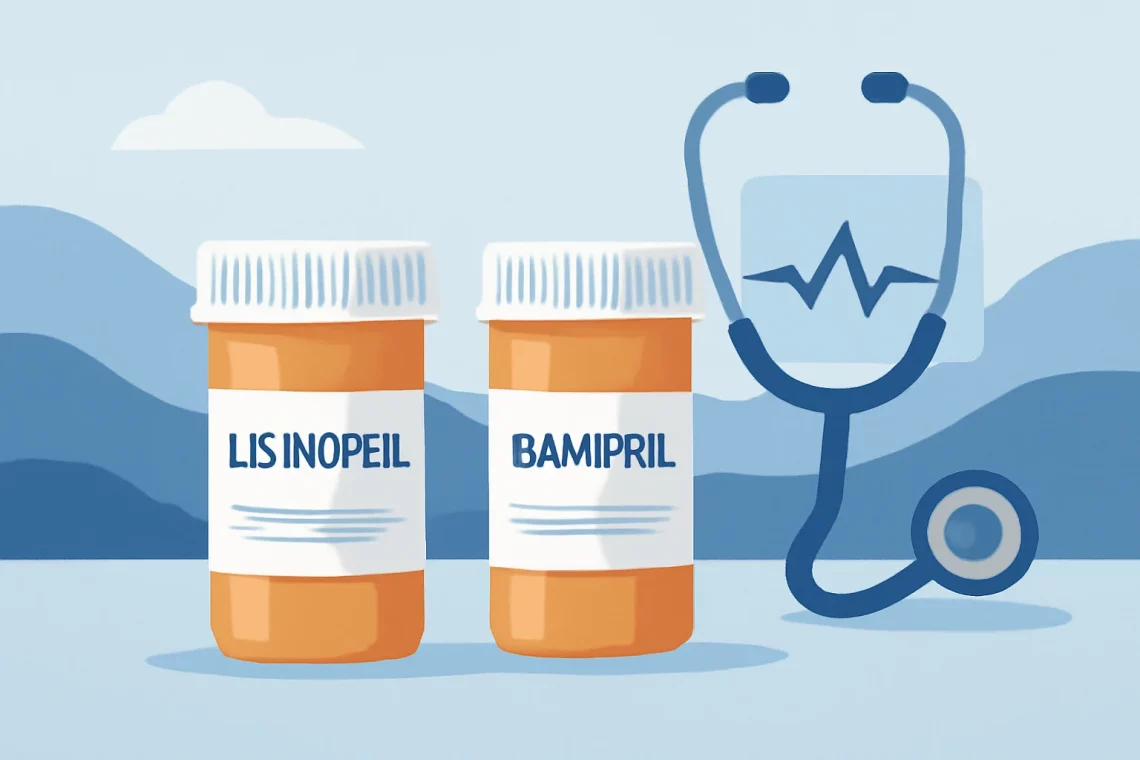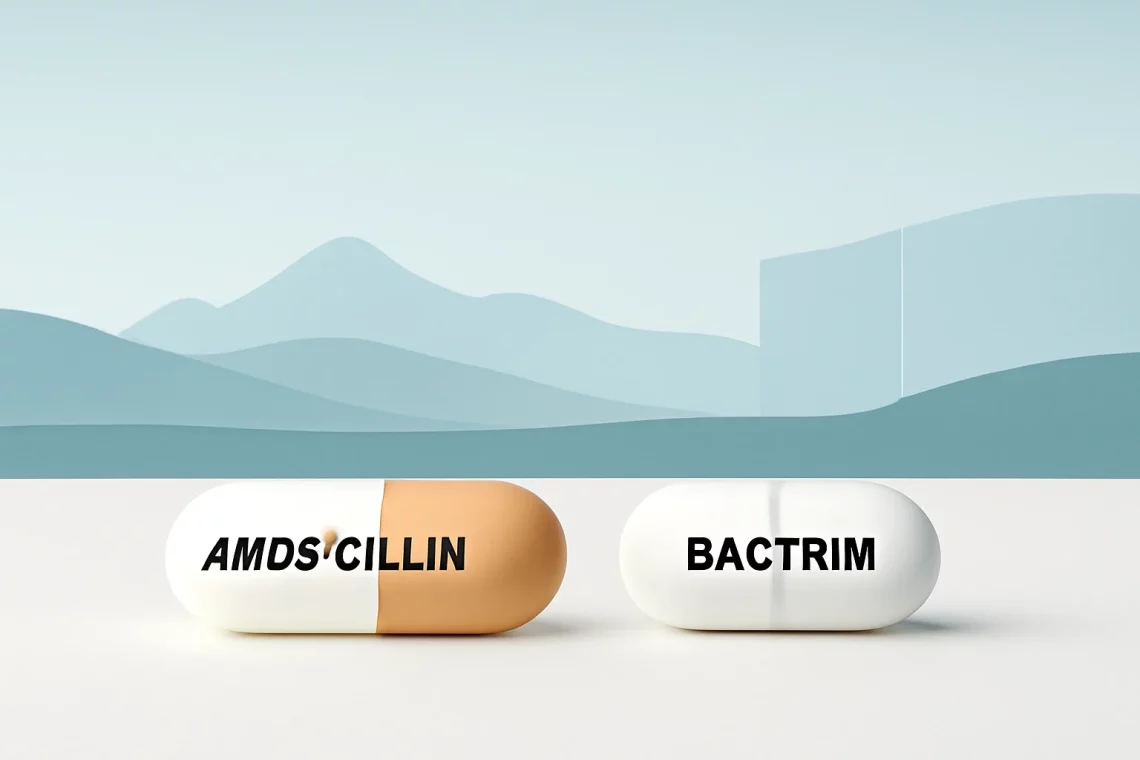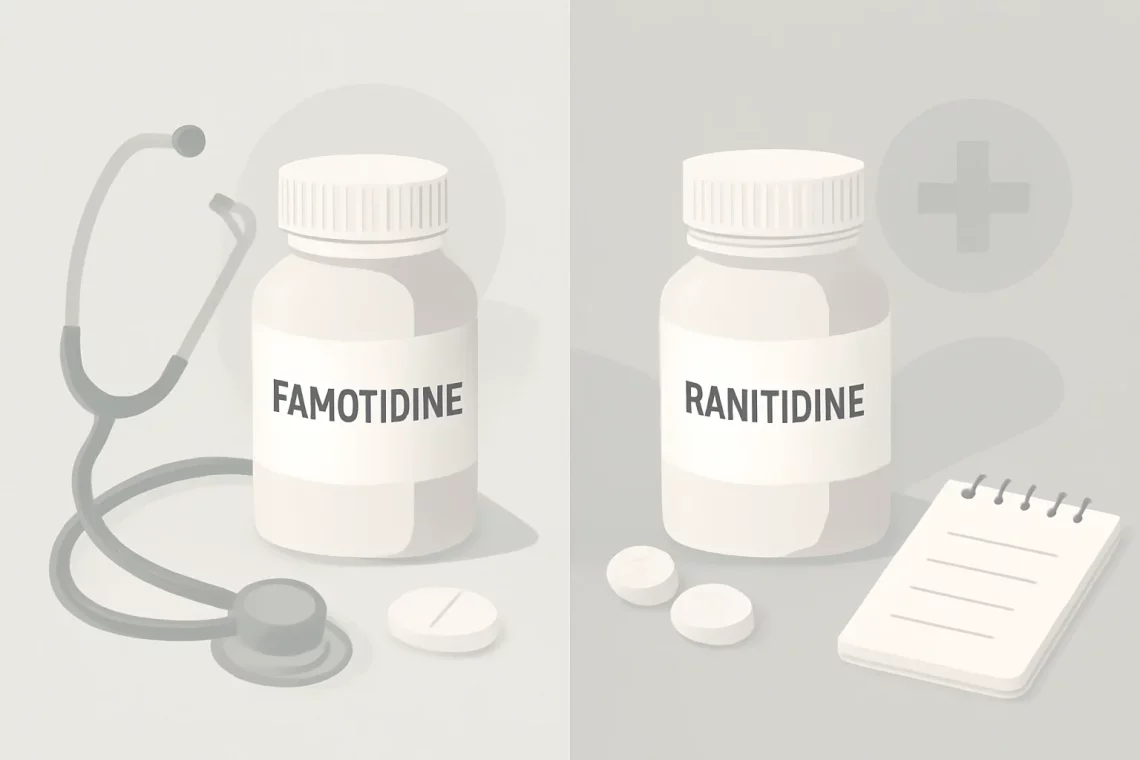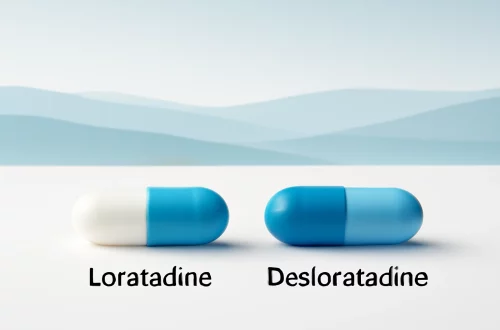-
Amoxicillin vs Augmentin: Key Differences and Uses Explained
Amoxicillin and Augmentin are both widely used antibiotics, each playing a significant role in treating bacterial infections. Understanding their differences, similarities, and appropriate uses is essential for anyone considering these medications. Amoxicillin is a penicillin-type antibiotic that works by inhibiting the growth of bacteria, making it effective against a variety of infections, including those affecting the respiratory tract, urinary tract, and skin. On the other hand, Augmentin combines amoxicillin with clavulanate potassium, a beta-lactamase inhibitor. This combination enhances its efficacy against bacteria that produce enzymes capable of breaking down amoxicillin, making Augmentin a stronger option in certain clinical scenarios. Both medications have been in common use for many years, and…
-
Esomeprazole vs Omeprazole: Which is Right for You?
Esomeprazole and omeprazole are both medications that belong to a class known as proton pump inhibitors (PPIs). These drugs are primarily used to treat conditions related to excessive stomach acid, such as gastroesophageal reflux disease (GERD), peptic ulcers, and Zollinger-Ellison syndrome. With the increasing prevalence of acid-related disorders, the importance of understanding these medications has grown significantly. Esomeprazole, often marketed under the brand name Nexium, is a specific isomer of omeprazole, which means that it has a slightly different chemical structure and may offer distinct pharmacological properties. Both medications work by blocking the proton pump in the stomach lining, effectively reducing the production of gastric acid. As a result, they…
-
Ozempic vs Semaglutide: Understanding the Key Differences and Benefits
Ozempic and semaglutide represent a significant advancement in the management of type 2 diabetes and obesity. As chronic conditions affecting millions of individuals worldwide, the need for effective treatments has never been more pressing. Ozempic, a popular medication, is a brand name for semaglutide, which is a glucagon-like peptide-1 (GLP-1) receptor agonist. This class of medications works by mimicking the effects of the GLP-1 hormone in the body, leading to improved insulin secretion, reduced glucagon release, and slower gastric emptying. The rising prevalence of diabetes and obesity has underscored the importance of understanding the available treatment options. Patients and healthcare providers alike are increasingly focused on finding medications that not…
-
Cymbalta vs Effexor XR: Choosing the Right Antidepressant for You
Cymbalta and Effexor XR are two prominent medications commonly prescribed for various mental health conditions, particularly depression and anxiety disorders. Both belong to a class of drugs known as serotonin-norepinephrine reuptake inhibitors (SNRIs), which function by enhancing the levels of serotonin and norepinephrine in the brain, neurotransmitters that play crucial roles in mood regulation. The growing prevalence of mental health issues has led to an increased focus on effective treatment options, making it essential for patients and healthcare providers to understand the differences and similarities between these two medications. As mental health awareness expands, so does the importance of informed decision-making regarding treatment options. Both Cymbalta and Effexor XR have…
-
Lisinopril vs Ramipril: Which Blood Pressure Medication is Right for You?
High blood pressure, also known as hypertension, is a common condition that affects millions of people worldwide. It is often referred to as a “silent killer” because it may not present any noticeable symptoms until serious complications arise. Managing hypertension is crucial to reducing the risk of heart disease, stroke, and other health issues. Various medications are available to help control blood pressure, and two of the most commonly prescribed classes of these medications are ACE inhibitors. Lisinopril and Ramipril are both effective options within this category, but they have distinct characteristics, benefits, and potential side effects. ACE inhibitors work by relaxing blood vessels, allowing blood to flow more freely,…
-
Amoxicillin vs Bactrim: Which Antibiotic Is Right for You?
Amoxicillin and Bactrim are two commonly prescribed antibiotics that play a crucial role in treating bacterial infections. While both medications aim to combat infections, they belong to different classes of antibiotics and have distinct mechanisms of action. Understanding these differences is essential for both healthcare professionals and patients in order to ensure appropriate treatment choices. Amoxicillin, a penicillin derivative, is widely used for its effectiveness against a variety of bacterial infections, including respiratory tract infections, urinary tract infections, and skin infections. It works by inhibiting bacterial cell wall synthesis, ultimately leading to cell death. Its broad-spectrum activity makes it a go-to option in many clinical situations. On the other hand,…
-
Probuphine vs Sublocade: A Comprehensive Comparison for Treatment Options
The opioid epidemic has become a pressing public health issue, prompting the development of innovative treatment options to combat addiction. Among these options are Probuphine and Sublocade, two medications designed to help individuals struggling with opioid use disorder. Both of these treatments utilize buprenorphine, an opioid partial agonist, but they differ significantly in their administration methods and overall treatment approaches. Understanding the nuances between these two medications can empower patients, their families, and healthcare providers to make informed decisions regarding treatment plans. With a focus on long-term recovery, these treatments offer unique benefits and challenges that warrant careful consideration. As the landscape of addiction treatment continues to evolve, exploring the…
-
Gemtesa vs Oxybutynin: Which Bladder Treatment Is Right for You?
In recent years, the management of urinary conditions has become a focal point in modern medicine. As the prevalence of issues such as overactive bladder (OAB) continues to rise, a range of treatment options has emerged to help individuals regain control over their symptoms. Among these options are prescription medications, specifically Gemtesa and Oxybutynin, both of which have garnered attention for their effectiveness in alleviating symptoms associated with urinary urgency and frequency. These medications work through different mechanisms, targeting various pathways in the body to provide relief. As patients seek solutions, understanding the distinctions between these two drugs becomes crucial. Each offers unique benefits and potential side effects, which can…
-
Famotidine vs Ranitidine: Which Antacid is Right for You?
Famotidine and ranitidine are two medications commonly used to treat conditions related to excess stomach acid, such as gastroesophageal reflux disease (GERD), peptic ulcers, and gastritis. Both belong to a class of drugs known as H2 blockers, which work by inhibiting the action of histamine on the stomach’s H2 receptors. This action ultimately decreases the amount of acid produced by the stomach. Understanding the differences and similarities between these two medications can be crucial for patients dealing with acid-related disorders. While both famotidine and ranitidine serve similar purposes, they have distinct properties, side effects, and usage guidelines. The choice between the two might depend on various factors, including individual health…
-
Entresto vs Ramipril: Which Heart Failure Treatment is Better?
Heart disease remains one of the leading causes of morbidity and mortality worldwide. As healthcare continues to evolve, so do the treatment options available to patients struggling with cardiovascular issues. Among the various medications prescribed, Entresto and Ramipril have emerged as two prominent choices for managing heart failure and hypertension. Both medications serve critical roles in treating cardiovascular conditions, yet they operate through different mechanisms and offer distinct benefits and potential side effects. Understanding the nuances between these two drugs is essential for patients and healthcare providers alike. Each medication has its unique composition, dosing strategies, and indications, making it vital to grasp how they compare in effectiveness and safety.…







































